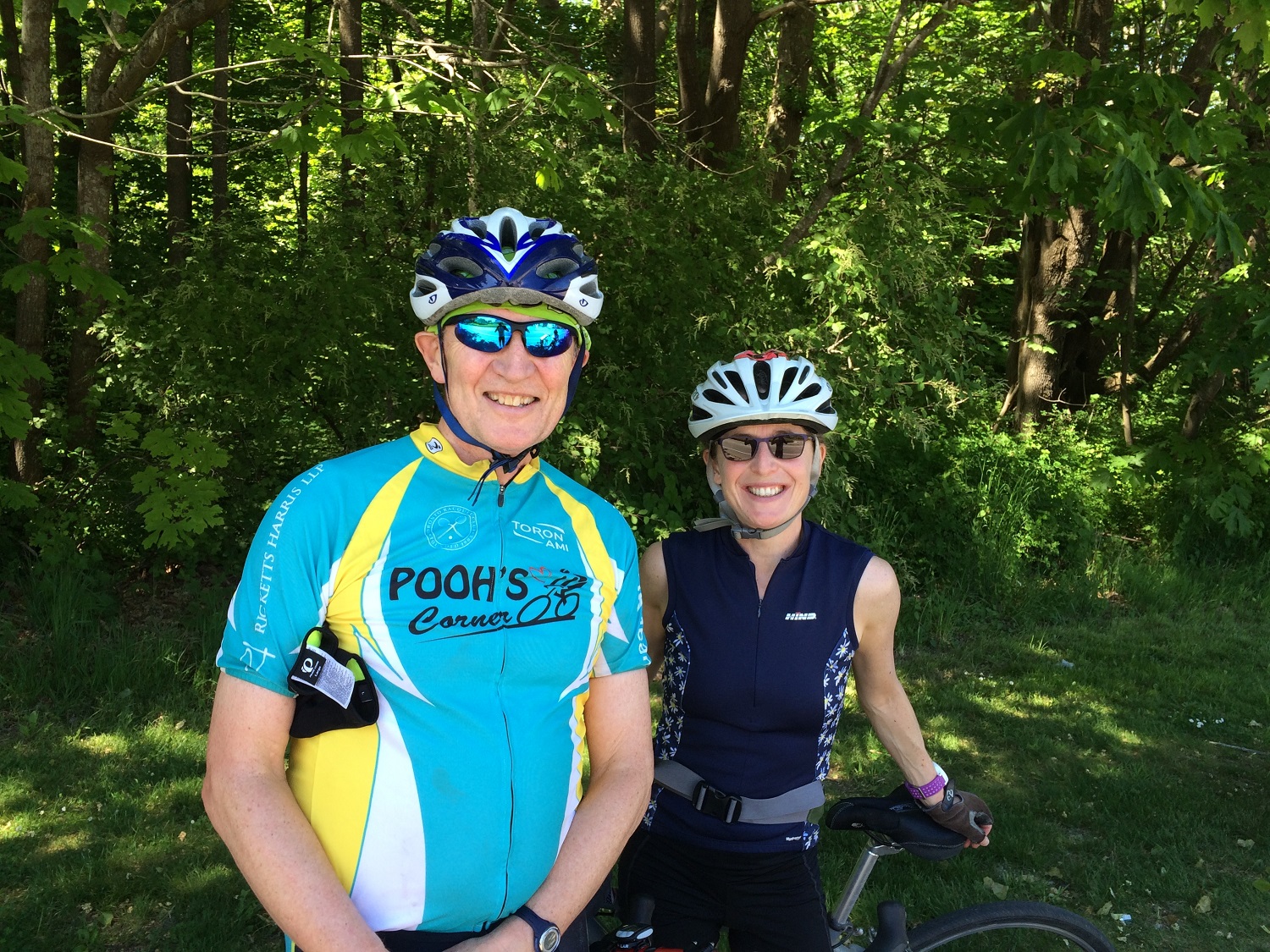My role and the BC Cancer Agency – it’s the place to be
June 28, 2012
Found in Childhood Cancer Research Program
Following my PhD, I completed my pathology training, and in doing so I became interested in cancer genetics. Prior to this, during medical fellowships in Minnesota and at USC in L.A., I had been exposed to pediatric pathology and childhood cancer research, and was immediately motivated by this area of work.
After pinpointing these two areas of interest, I joined Children’s and Women’s Hospital in the Pathology department in the mid-1990’s. I tried combining research and clinical practice, but this was difficult to manage time-wise. I was then thrilled to be awarded the Asa and Kashmir Johal Endowed Chair in Childhood Cancer Research, which allowed me to spend the majority of my academic time on research. I then joined the BC Cancer Agency in 2005, in the Department of Molecular Oncology, where I worked with Dr. Sam Aparicio, Dr. David Huntsman, and other excellent clinician-scientists and PhD scientists. This brought me back to a focus in biochemistry, and eventually I was able to combine my interests in cancer genetics and biochemistry research.
My role now is to direct the Childhood Cancer Research Program, where we study the genetics of childhood cancers, from sequencing genomes to looking at their biochemical composition and translating this research into clinical uses for patient treatment (I’ll get into this in greater detail in my next post).
For me, this work is very important, not only because I am inspired by pediatric research, but also because of the relevance of childhood cancer research to adult cancers. Childhood cancers are often genetically “simpler” in composition than adult tumours. With this approach, once we have uncovered genetic drivers of childhood cancers, we can take that knowledge back to adult tumours and determine if the same rules apply.
Another benefit of conducting this research at the BC Cancer Agency is that we are able to look at real tumour samples. We sequence the genomics of the samples at our Genome Sciences Centre and this enables research to occur at a faster pace than if we were using tumour models and then later trying to figure out if the findings are actually relevant, a common practice in other research institutions.
Poul

